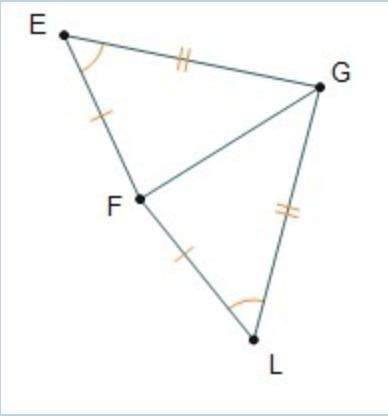
Mathematics, 16.12.2020 22:30 19thomasar
Quadrilateral ABCD was dilated with the origin as the center of dilation to create quadrilateral EFGH on the graph below.
Which rule best represents the dilation that was applied to quadrilateral ABCD to create quadrilateral EFGH?
(x, y) (2.5x, 2.5y)
(x, y) (0.4x, 0.4y)
(x, y) (x + 3, y + 1.5)
(x, y) ( x - 1.5, y + 3)
Which rule best represents the dilation that was applied to quadrilateral ABCD to create quadrilateral EFGH?

Answers: 3


Other questions on the subject: Mathematics




Mathematics, 22.06.2019 02:00, destiniout04231
Polygon abcd is a parallelogram, and m? abc = 127°. the length of is 10 units, and the length of is 5 units. the perimeter of the parallelogram is units, and m? bcd is °
Answers: 3
You know the right answer?
Quadrilateral ABCD was dilated with the origin as the center of dilation to create quadrilateral EFG...
Questions in other subjects:

History, 11.01.2021 20:10

Arts, 11.01.2021 20:10



Mathematics, 11.01.2021 20:10



History, 11.01.2021 20:10


Mathematics, 11.01.2021 20:10




